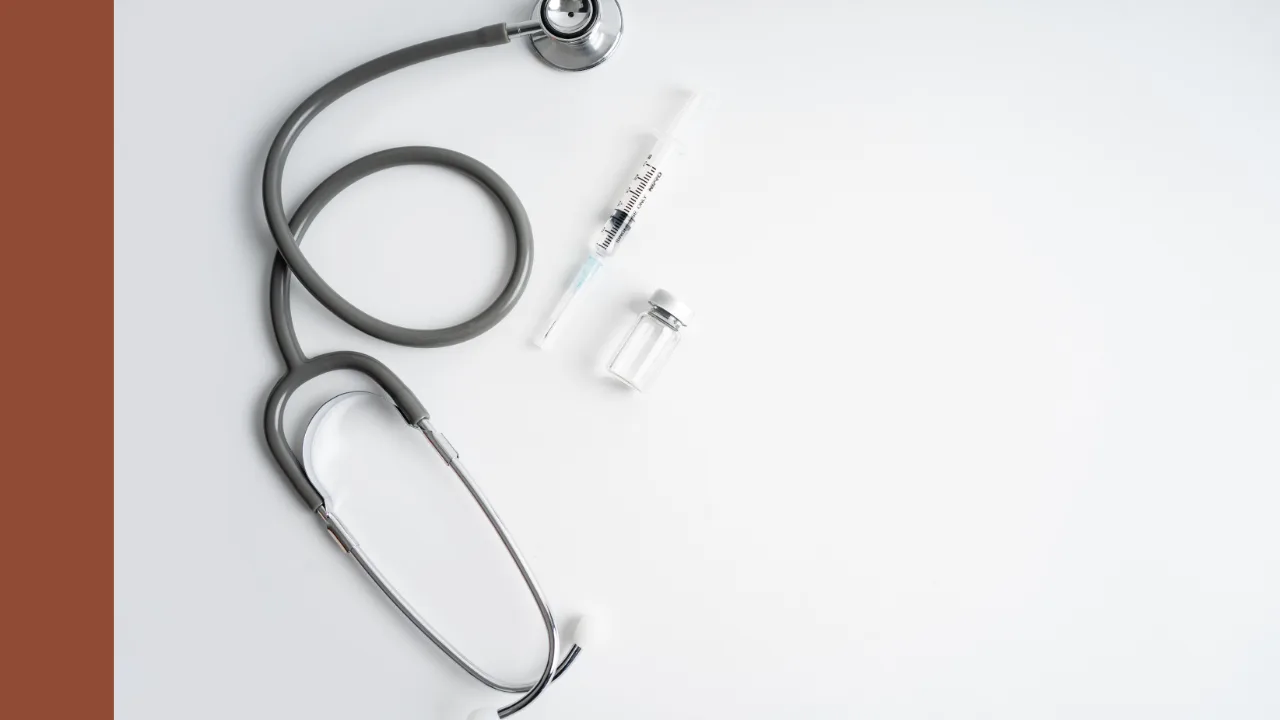The iShares S&P 500 ETF (ASX: IVV) is probably one of the most versatile investments on the ASX. Here’s why I think it has a place in most portfolios.
The IVV ETF
The iShares S&P 500 ETF (ASX: IVV) is an exchange traded fund (or ETF for short) that invests in the 500 largest US-listed companies.
The IVV ETF listed on the ASX in 2007 and is today by far the largest US-focused ASX ETF, with net assets (the amount invested) of over $8 billion.
It’s easy to see why it’s popular.
The IVV ETF gives you exposure to all the US giants like Apple Inc (NASDAQ: AAPL), Microsoft Corp (NASDAQ: MSFT) and Tesla Inc (NASDAQ: TSLA). The 0.04% per year management fee is also one of the lowest you’ll get from an ASX ETF.
And, unlike rivals such as the Vanguard U.S. Total Market Shares Index ETF (ASX: VTS), the IVV ETF is domiciled in Australia meaning there’s no need to complete a US tax form.
Why I think it fits in most portfolios
So, here’s why I think the IVV ETF deserves a spot in most portfolios.
First, it overcomes home bias. Home bias refers to the natural tendency for an investor to over-invest in their home market. It makes sense, we invest in what we know.
However, if you live in Australia, home bias can really penalise your returns. The Australian share market only accounts for around 2% of global equities markets. Why limit yourself to 2%?
While we think of companies like Woolworths Group Ltd (ASX: WOW) or BHP Group Ltd (ASX: BHP) as huge companies, they’re tiny from a US perspective.
The average market capitalisation of S&P 500 companies right now is around US$92 billion and the median is US$35 billion. There are only about 13 Australian companies that would make it above the median in the US. The point is, Australia is small.
Second, and leading on from the first point, you’re missing out on returns if you’re too focused on Australia. The S&P 500 has outperformed the ASX 200 over almost every time horizon. Historically, it’s consistently been a stronger performer.
While the ASX dishes out more dividends, the S&P 500 usually delivers capital growth.
Third, and again related, the IVV ETF can provide diversification to your portfolio. A big part of the reason that the S&P 500 is capital-growth-focused while the ASX 200 is dividend-focused is because of the dominant sectors.
The ASX 200 is dominated by financial and resource companies that are commodity and interest rate driven and tend to be mature, slow-growing companies. The S&P 500 is dominated by tech, financial, and healthcare companies. The US is known for innovation particularly in these sectors.
So, the IVV ETF can provide potential for higher returns and both country and sector diversification.
These are some of the reasons that IVV is included in all the Rask Invest funds.
Should IVV be in every portfolio?
No ETF suits everyone. It’s a high risk investment and usually would not be suited to someone with a short investment horizon or a low risk tolerance.
Like the ASX 200, it can be volatile and returns over the short-to-medium term can be low or negative.
It also might not make sense if you’re already invested directly in US companies or in an ETF like the Betashares Nasdaq 100 ETF (ASX: NDQ). Investing in both IVV and NDQ could give you a very tech and US-heavy portfolio and won’t give you the same diversification benefits.
To understand how it fits into the Rask Invest funds and what level of risk may be right for you, you can book a free call today with our Head of Funds Management Mitch Sneddon.









